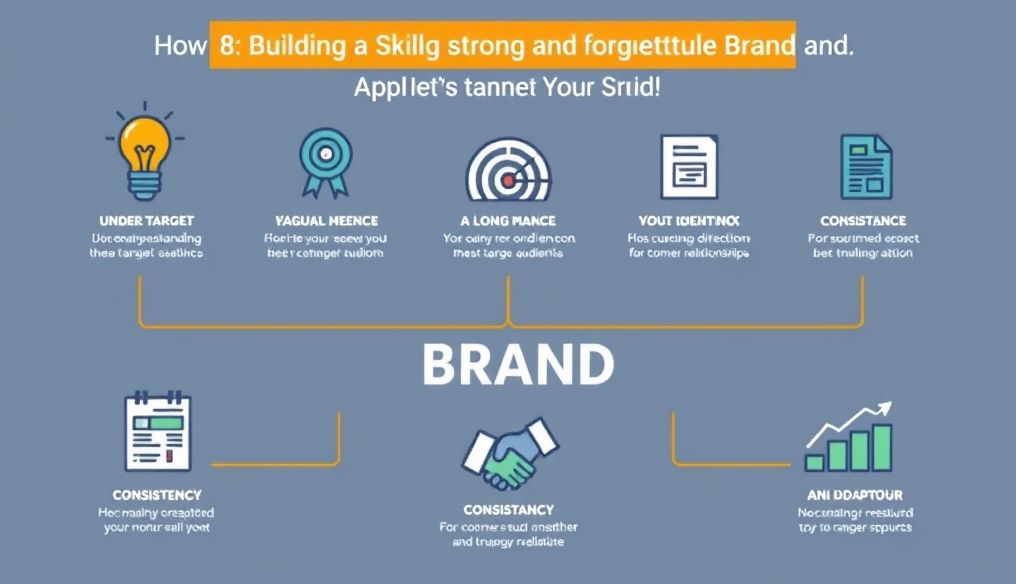Introduction: Dropshipping - Entrepreneurial Dream or Illusion?
Dropshipping is a business model that allows you to sell products online without needing to hold inventory. Instead, when a customer purchases a product from your store, you simply order the product from a third party (usually a supplier or manufacturer) who then ships the product directly to the customer. Sounds simple and tempting, right? But can dropshipping truly be a successful business model in the face of fierce competition and growing challenges? That's what we'll try to answer in this article.
Chapter 1: What is Dropshipping and How Does it Work?
To understand whether dropshipping can be successful, we must first understand how this business model works in detail:
- Create an Online Store: The first step is to create your online store. You can use popular e-commerce platforms like Shopify, WooCommerce, or BigCommerce.
- Choose Products: Next, you need to choose the products you want to sell. You can search for suppliers that offer dropshipping services in various fields such as clothing, electronics, home goods, and more.
- Marketing Products: Once your store is ready and the products are selected, the marketing process begins to attract customers. You can use social media, paid advertising, content marketing, and more.
- Order Processing: When a customer orders a product from your store, you forward the order to the supplier.
- Shipping and Delivery: The supplier ships the product directly to the customer. You do not deal with inventory or shipping in any way.
Example: Imagine you want to sell smartphone cases. You can find a supplier specializing in phone cases that offers dropshipping service. When a customer orders a case from your store, you send the order to the supplier, who in turn ships the case directly to the customer. You earn the difference between the price you sell the case for and the price you pay the supplier.
Chapter 2: Advantages of Dropshipping: Why Does it Attract Many Entrepreneurs?
Dropshipping has several advantages that make it attractive to many entrepreneurs:
- Low Startup Costs: You don't need to invest heavily in inventory, which reduces financial risks.
- Location Flexibility: You can manage your business from anywhere in the world as long as you have an internet connection.
- Wide Range of Products: You can sell a variety of products without having to buy and store them.
- Easy Expansion: You can easily add new products or new markets without having to worry about inventory.
Statistics: Some statistics indicate that the global dropshipping market will reach over $557 billion by 2025. This huge growth demonstrates the great potential of this business model.
Chapter 3: Challenges of Dropshipping: Obstacles to Overcome
Despite the many advantages, dropshipping also faces many challenges:
- Low Profit Margins: Due to fierce competition, profit margins are often low.
- Difficulty Controlling Inventory: You don't control the inventory, which can lead to problems with availability and delivery.
- Shipping Problems: You may encounter shipping and delivery problems, such as delays or damaged products.
- Customer Service: You are responsible for customer service, even if you are not responsible for shipping and delivery.
- Fierce Competition: The dropshipping market is very crowded, making it difficult to stand out.
Example: You may have to deal with customer complaints about late or damaged products, even if the supplier is responsible for it. This requires excellent customer service skills and problem-solving ability.
Chapter 4: How to Increase Your Chances of Success in Dropshipping?
To increase your chances of success in dropshipping, you should follow some strategies:
- Choose Niche Products: Focus on niche products with high demand and less competition.
- Find Reliable Suppliers: Look for reliable suppliers that offer high-quality products and fast shipping.
- Build a Strong Brand: Build a strong brand that sets you apart from the competition.
- Provide Excellent Customer Service: Provide excellent customer service to solve customer problems and build customer loyalty.
- Effective Marketing: Use effective marketing strategies to attract customers and increase sales.
Tip: Use data analysis tools to identify trending products and promising markets. This will help you make informed decisions and increase your chances of success.
Chapter 5: Dropshipping in 2024: What Has Changed and What Should You Know?
In 2024, the dropshipping landscape has evolved significantly. Here are some changes you should be aware of:
- Increased Competition: Competition has become more intense, requiring more creative and effective marketing strategies.
- Changing Consumer Behavior: Consumers expect a seamless shopping experience, fast shipping, and excellent customer service.
- Emergence of New Technologies: Artificial intelligence and machine learning are playing an increasingly important role in improving the shopping experience and increasing sales.
- Focus on Sustainability: Consumers are increasingly interested in sustainable and environmentally friendly products.
Example: You can use artificial intelligence to improve ad targeting and personalize the shopping experience for customers. You can also focus on selling sustainable products to meet the needs of environmentally conscious consumers.
Chapter 6: Dropshipping Tools That Help You Succeed
There are many tools that can help you succeed in dropshipping:
- Shopify: An easy-to-use e-commerce platform that provides many of the features and tools needed to create a successful store.
- Oberlo: A tool that helps you find products and add them to your store easily.
- AliExpress: A huge Chinese e-commerce platform offering a wide range of products at competitive prices.
- Google Analytics: A data analysis tool that helps you understand customer behavior and improve your store's performance.
- Facebook Ads Manager: A Facebook ad management tool that helps you target the right customers and increase sales.
Chapter 7: Dropshipping Success Stories: Inspiration from Reality
There are many inspiring success stories in the world of dropshipping. For example, the story of Sarah, who started a store selling handmade jewelry and made significant profits in a few months. Or the story of Ahmed, who founded a store selling specialized sports equipment and succeeded in building a strong and profitable brand.
Note: These stories prove that dropshipping can be successful, but it requires hard work, dedication, and commitment to the right strategies.
Chapter 8: The Future of Dropshipping: Where is This Business Model Headed?
The future of dropshipping looks promising, but entrepreneurs must be prepared for the changes and challenges ahead. The focus is expected to continue on sustainability, personalization, and innovation. Also, artificial intelligence and machine learning will play an increasingly important role in improving the shopping experience and increasing sales.
Conclusion: Is Dropshipping Right for You?
Dropshipping can be a successful business model, but it's not a magic bullet. It requires hard work, dedication, and commitment to the right strategies. If you're willing to put in the effort, dropshipping may be the opportunity you're looking for to start your own business and achieve financial freedom.




